Sustainability in Manufacturing: A Panel Discussion at the Fair Luxury Conference
On the 9th June 2025, the Goldsmiths’ Centre hosted the conference ‘The State of Sustainability in the Jewellery Industry’ in partnership with Fair Luxury - a collective ‘of jewellery industry changemakers with a vision for a responsible and sustainable future.’ The event brought together over 100 industry professionals, and provoked lively debate about the progress that has been made over the last decade and what the future steps should be in the mining of gold and gemstones, human rights and conditions, as well as carbon emissions, manufacturing and responsible marketing.
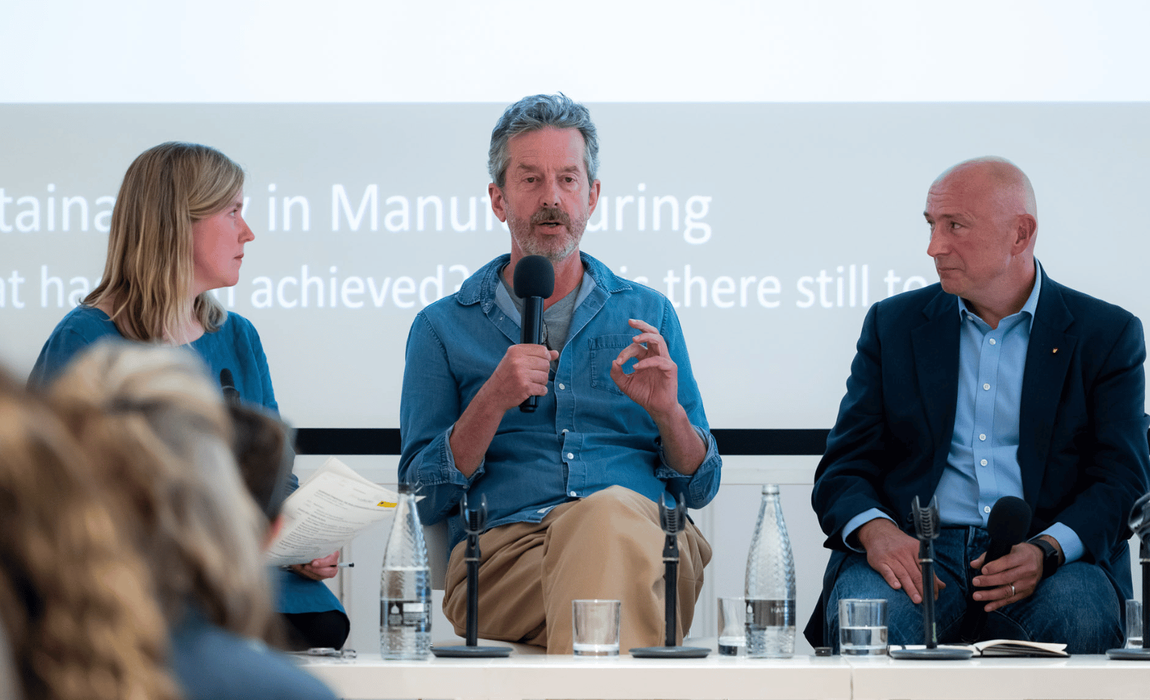
I was pleased to host a panel discussion exploring sustainability in jewellery manufacturing – the first hosted by Fair Luxury and the Goldsmiths’ Centre on this topic. Alex Monroe, Founder of Alex Monroe Jewellery, Aathsa Sethi, Head of Sustainability at Boodles, Kerry Saunders, Operations Director at Domino Jewellery and Weston Beamor, and Gary Wroe, Managing Director of Hockley Mint, joined me in conversation.
Each business represented revealed their strong commitment to a more sustainable future. All have a sustainability strategy in place, which in some cases includes elements that have been informed by regulations – most particularly when the company is bound by EU laws too – but principally the strategic direction has been driven by the commitment of directors and staff. All agreed that legislation can be a useful instigator for change, but that implementation required leadership and the empowerment of team members to rethink, catalyse and take new initiatives forward.
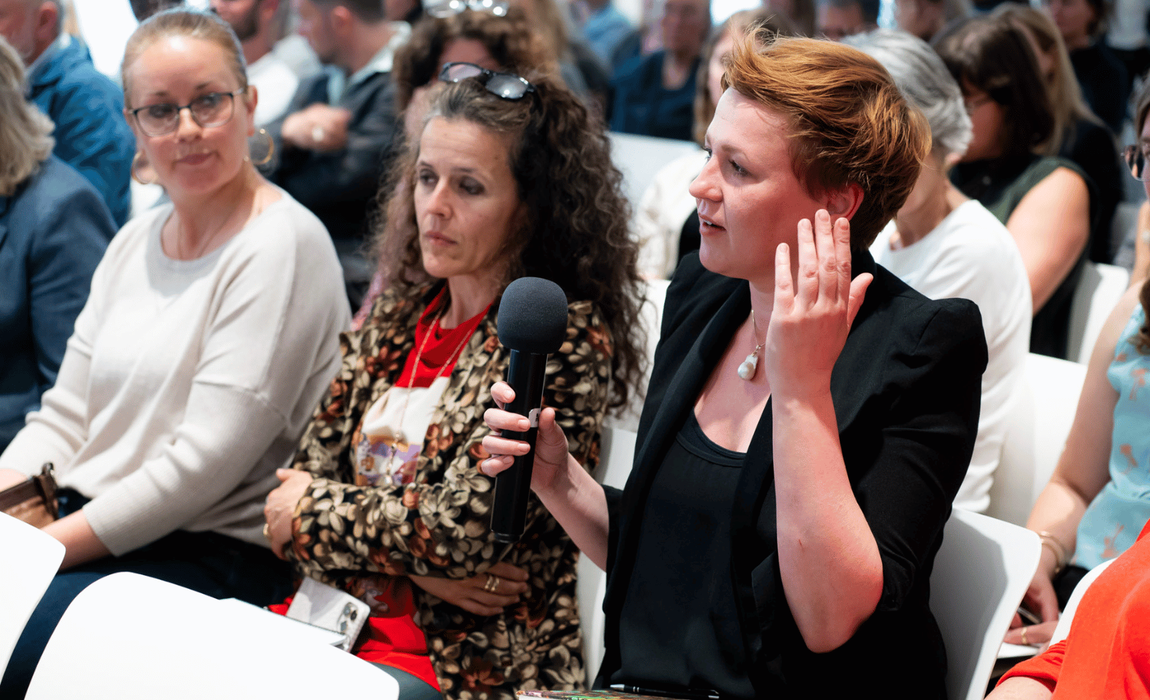
Day-to-day adaptations include the use of energy from renewable sources and investment in green energy, including the installation of solar panels at Weston Beamor. Each business monitors carbon emissions. Boodles are actively working to identify emission hotspots, to enable their further reduction. Alex Monroe and Boodles demonstrate a strong commitment to the traceability of materials, alongside the questioning of all aspects of the business, including packaging, couriers, the number of furnaces and the selection of machinery. Water harvesting and carbon offsetting is also undertaken, in Alex Monroe’s case directly through the acquisition and rewilding of land.
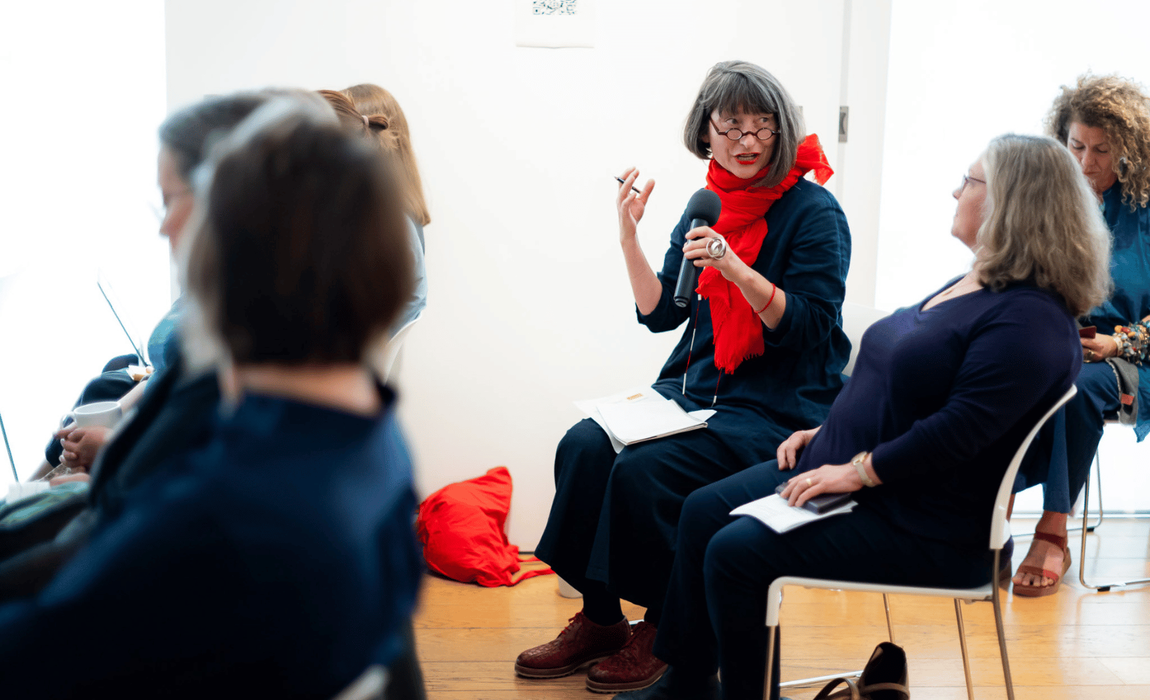
I had expected, in asking what had stimulated the changes each business has made, that the panel would reveal them to be the result of market pressure – customer requests and questions – but this is not the case. The adage that, inspired, committed people can affect small changes that result in wider transformation was demonstrated. In three of the four companies the founders and directors have led the strategy. At Hockley Mint, the commitment to sustainability is driven by all staff, as the company became employee-owned in 2023.
At all the sustainability events I have attended in the past, participants have been encouraged to ask their suppliers questions. That customer questions have not led to change in these businesses is surprising. Also unexpected is the idea that the sustainable strategies of Hockley Mint and Weston Beamor make it likely that sourcing castings, designs and products from them, will not come with the larger carbon footprint that preconceptions of ‘manufacturing’ might commonly conjure. Instead, it may be easier to measure the carbon impact of each item, due to their diligent recording, and less impactful due to their investment in greener approaches.
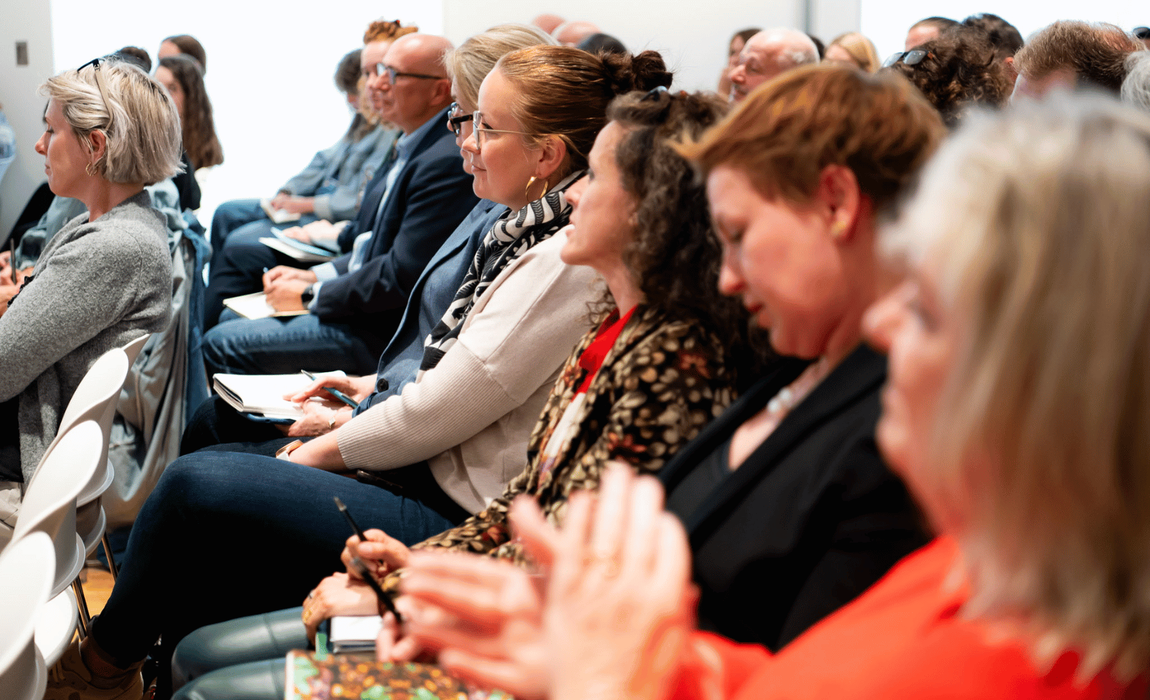
It was evident through the course of the discussion that designer makers and businesses can affect their own footprint by selecting a manufacturer or supplier who demonstrates best practice, therefore, applying pressure on other businesses to make positive changes. And if, as was agreed to be the case, the end customer is still largely prioritising design and price when choosing jewellery, at least the informed designer-maker can feel that their own choice of manufacturer can make a real difference.
For Boodles, whilst their customers might not routinely be asking for traceable stones and metals at this time, their commitment and investment serve to make the business a premier luxury jewellery supplier, committing ahead of the curve and in the confidence that they are working responsibly. The brand was an early adopter of Single Mine Origin Gold and has achieved RJC (Responsible Jewellery Council) certification. Their ‘Peace of Mined’ collection uses large stones that are directly traceable to a mine. When customers and public at large do ask questions, the team are ready.
Alex emphasised the conundrum he faces as a jewellery business is that whatever he produces has an impact – making nothing is better – but there is of course demand and the desire to ‘make’. Analysis of the carbon impact shows that the longevity of jewellery, means that other single-use and disposable items are more damaging to the environment, than a necklace or ring in the longer term. Relativity is important, as well as questioning all aspects of the business to make as many improvements as possible.
All four manufacturers are on a committed journey towards greater sustainability, underpinned by three clear values – traceability, transparency and responsibility. Their focus and adaptations are inspiring and serve as an example to any manufacturer or business nervous to take the first steps. In conclusion each agreed they don’t do enough at the present time to communicate what they are achieving in this area, and hope to address this going forward, so that others can follow, and there is much greater customer awareness. We look forward to seeing how these positive changes continue to be made and shared.
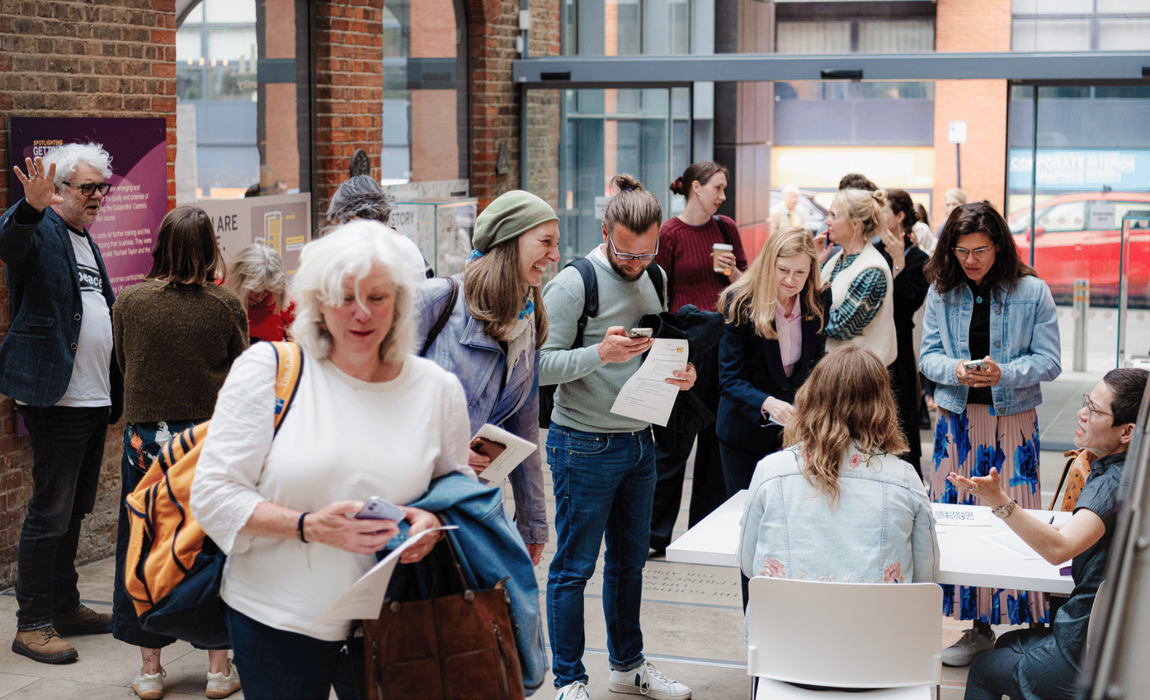
Tangible Outcomes from the Fair Luxury Conference 2025
Written by Helen Dobson
Panellists at the Fair Luxury Conference discussed the following initiatives and changes they are already making. If you’re not sure where to start or what you could do next you could consider:
- Keeping up to date with the latest SME sustainability developments via the SME Climate Hub; The Heart of the City; or Re-London.
- Connecting with peers who are on a similar journey by joining organisations such as Fair Luxury
- Shifting your workshop onto a renewable energy tariff (contact your provider for further details).
- Moving your banking or pension to a more responsible provider. See Make My Money Matter.
- Integrating climate into your decision making process using Chapter Zero Transition Planning Toolkit or by completing an initial B-Corp assessment.
- Measuring your carbon footprint (SME Climate Hub Calculator; Carbon Trust SME Carbon Footprint Calculator) and/or taking steps to reduce your emissions.
- Donating money (1% for the Planet) or time to a charity that aligns with your ethics.
- Using different material options including AgAIN silver, Fairmined gold, Fairtrade gold, Fairtrade gemstones, Peacegold, Single Mine Origin gold and others.
*N.B. none of the links here are endorsed by the Goldsmiths’ Centre.